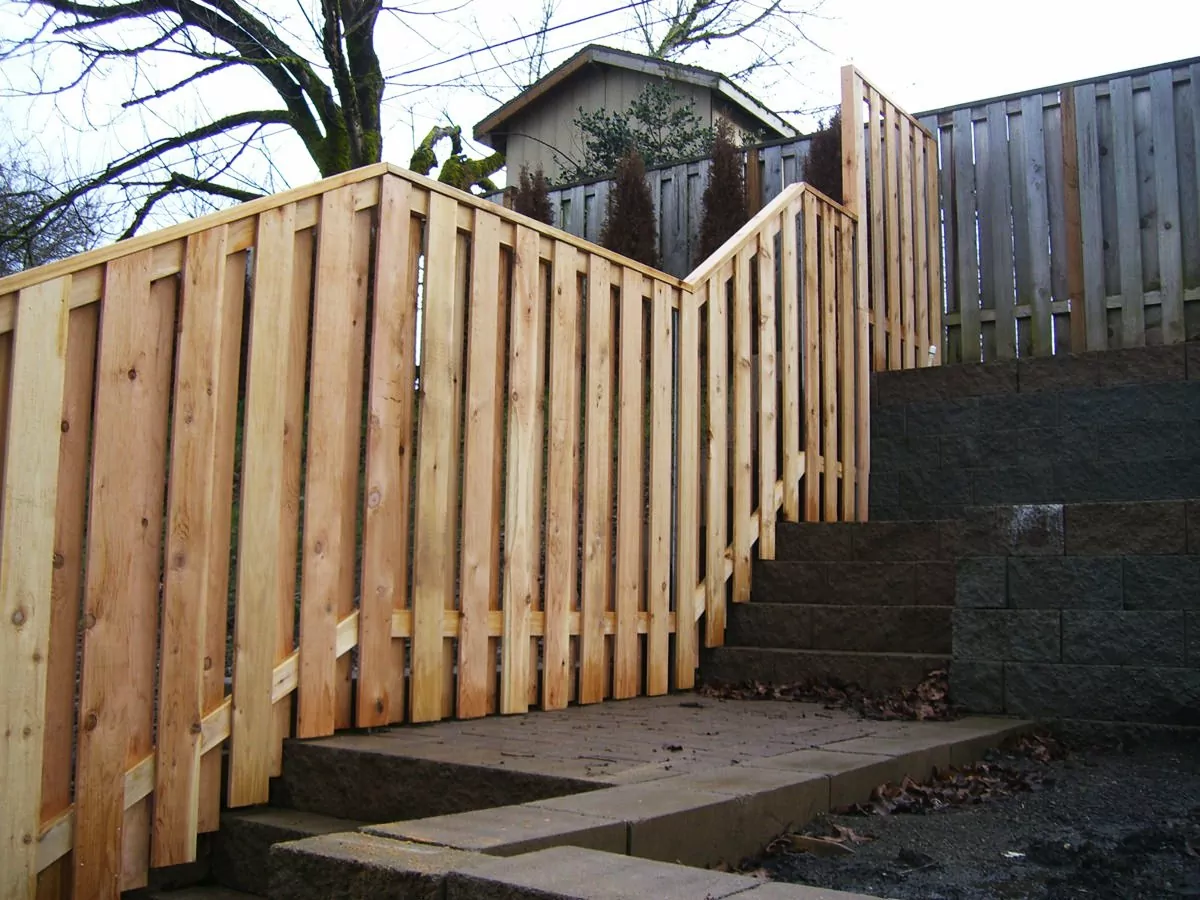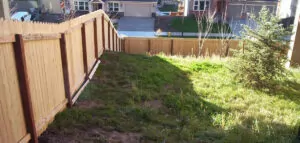A high-quality fence is a great investment for your exterior and can serve a variety of purposes. Are you thinking about building a fence for your residential or commercial space? Are you wondering if you need a permit to build a fence? Here, we will go over some of the common reasons for needing a permit to build a fence.
#1: You might need a permit due to where you live.
Building a fence inside the Portland city limits might look a little different than if you are in a rural part of Oregon. If you live in a densely populated neighborhood, you may be subject to city ordinances. No matter where you live, it’s important to check with your city building inspector and research any building codes that need to be adhered to.
In Portland, you do not need a building permit if the fence is seven feet tall or lower. The only exception is if the fence or barrier is around a swimming pool. Any fencing you’d like to build that is taller than seven feet (this includes any lattice, trellis, or other additions to the top of the fence), you’ll need to secure fence permits and have an inspection.
The height of the fence is measured from grade level immediately under the fence. So if you decided to build a vinyl fence on top of a few rows of cinder blocks, the cinder blocks would be included in the overall height. If you are building a fence on a retaining wall, the height is measured from the higher ground.
Local zoning codes require fence posts and all other fencing materials to be within your property lines. Fence posts must be no more than six feet apart if your fence is between seven and eight feet. Posts must be set in concrete at least three feet deep and 18 inches in diameter.
There are different regulations for fences in the front yard or front setback. In this case, a fence may be no taller than 3.5 feet and must be built a certain distance away from the street. Setback distances vary in different residential zones (anywhere from 20 feet to five feet).
Any wood located within six inches of the ground or come into contact with the concrete footings must be pressure treated or made of wood that’s naturally resistant to the weather, such as cedar. Consult the Bureau of Development Services (BDS) for additional information, such as if you live on a corner lot.
#2: You might need a permit depending on what you’re building.
Where will the fence be located? What will it be made out of and how tall will it be? There may be some material or height limitations that you need to follow for your neighborhood or city. While your fence may not require a permit from the city, your homeowner’s association may have its own requirements.
There may be some covenants, conditions, and restrictions (CC and Rs) to follow about the type of fence. For example, a CC&R probably won’t allow you to top a fence with barbed wire. In many cases, there’s a certain look and feel the HOA requires all homeowners to follow.
As with any construction project, codes, regulations, permits, and inspections are in place to make sure the job is done correctly, protecting you in the long run. Once you have the permits secured, contact Pacific Fence & Wire about installing your fence!





